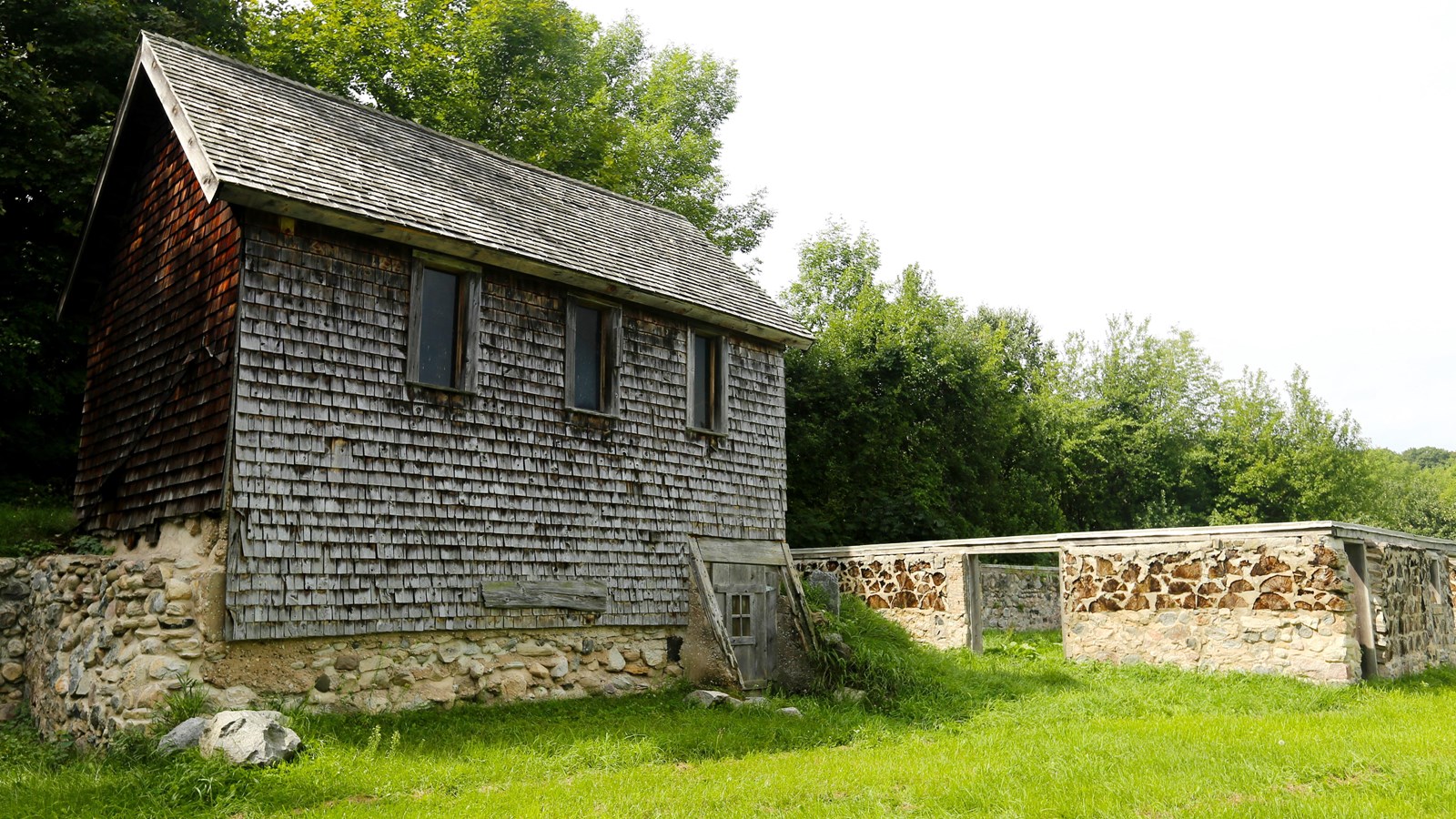Last updated: November 7, 2021
Place
August Beck Farm

NPS credit
Of the island's 5,260 acres, over 65% is beach, sand dunes, or steep slopes unsuitable for agriculture, but the central part of the island, newly logged, was ripe for agriculture.
The Becks arrived in the 1860s from Germany. Along with the Hutzlers and Haases, they contributed toward making the island a thriving agricultural community. August Beck came to the island as a teenager with his family. At age 19, he married the Haas' 16-year-old daughter. This farm became their home. He, his brothers, and his father worked several farms on the island, but August, the youngest of the Beck brothers, ultimately became one of the island's most professional and progressive farmers.
Beck brought pedigreed breeding stock to the island to improve the quality of the island's pig production. As a result of his experiences at the Union Stock Yards in Chicago, August Beck was reputed to have been the islands de facto expert when it came to buying and selling livestock. Beck was the first to get a grain cutter and binder and was instrumental in cooperative efforts with other island farmers, such as the acquisition of a jointly-owned and shared threshing machine.
An energetic man, Beck did take time to socialize with neighbors, playing checkers and talking during winter evenings about politics and about how the farmers could feed the world.
Threshing
Most of the island's farmers grew grains that required threshing to separate the grain from the stalk and husk; the corn, rye and oats was mostly animal feed. Threshing activities required cooperation; a threshing machine was expensive but necessary. Between 1910 and 1940, one large threshing machine was share by the island farmers. During the winter months, at threshing time, the machine would be hauled from one farm to another - it took eight men to operate it. Seventy-five bushels of rye and 150 bushels of oats could be threshed in a day. The machine was then moved to the next farm until all the threshing was done.
Threshing time was also a social occasion. The women would prepare the meal while the men worked in the fields. The men would come in and wash up for dinner and then sit down a big meal of bread, meat, potatoes, pies, and other desserts before heading back to the fields to work until evening.
Threshing
Most of the island's farmers grew grains that required threshing to separate the grain from the stalk and husk; the corn, rye and oats mostly animal feed. Threshing activities required cooperation; a threshing machine was expensive but necessary. Between 1910 and 1940, one large threshing machine was share by the island farmers. During the winter months, at threshing time, the machine would be hauled from one farm to another - it took eight men to operate it. Seventy-five bushels of rye and 150 bushels of oats could be threshed in a day. The machine was then moved to the next farm until all the threshing was done.
Threshing time was also a social occasion. The women would prepare the meal while the men worked in the fields. The men would come in and wash up for dinner and then sit down a big meal of bread, meat, potatoes, pies, and other desserts before heading back to the fields to work until evening.
